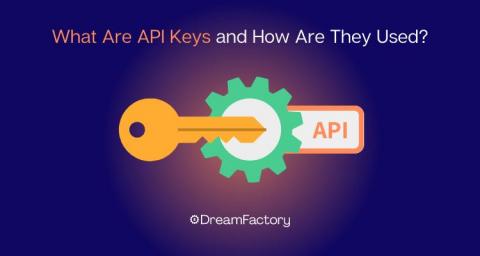What Are API Keys and How Are They Used? | Dreamfactory
Application programming interface keys are an essential part of using APIs. But what are API keys, exactly? API keys are authentication tokens in the form of unique strings of characters that allow you to access the data or web services an API offers. They act as a form of user authorization, proving that you are authorized to make requests to the API. In this article, we will discuss how API keys work and how you can use them to access the data offered by APIs.











